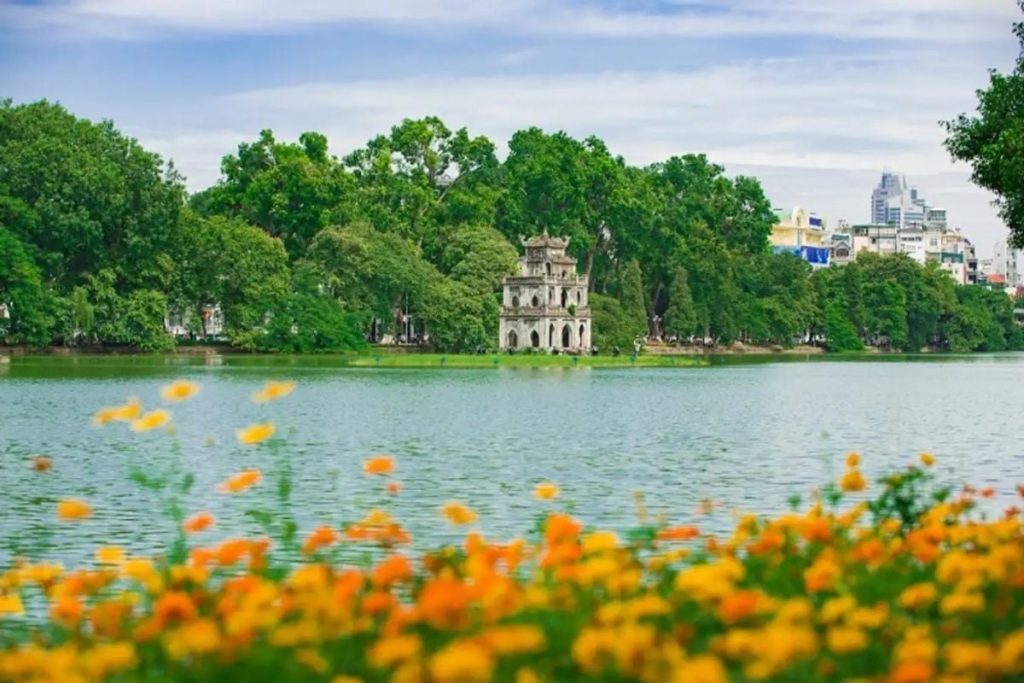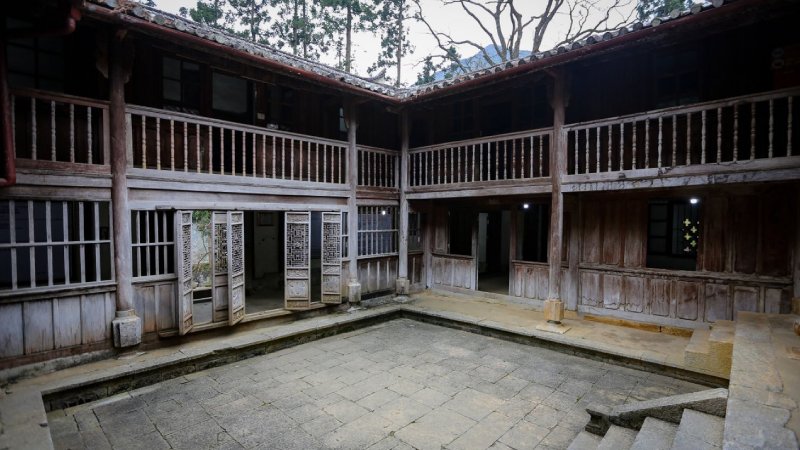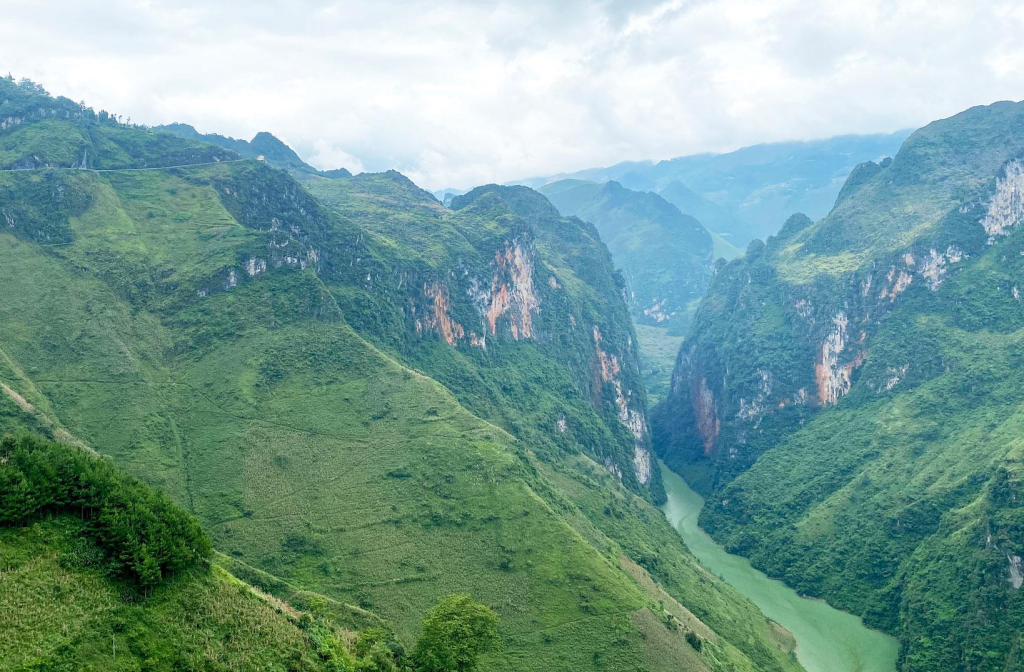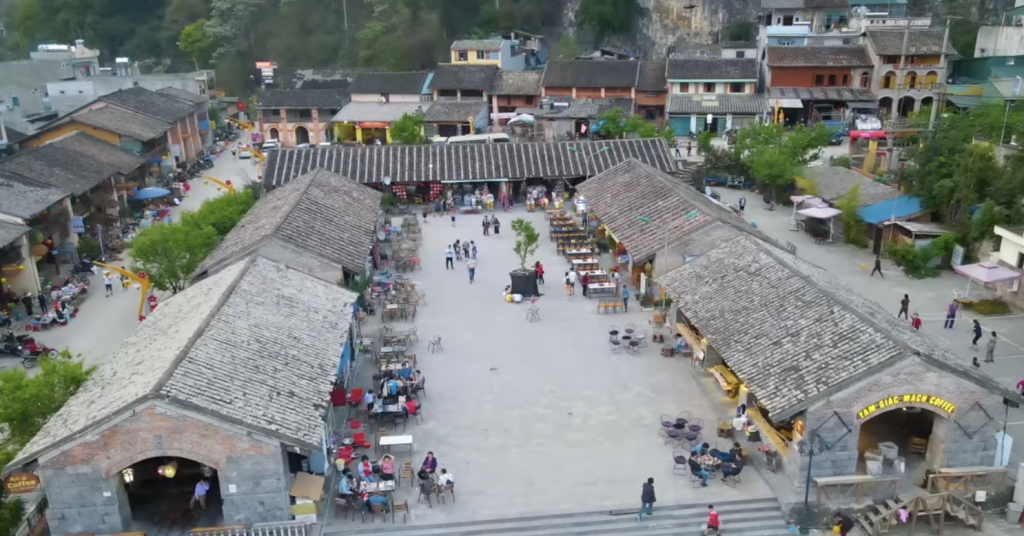Located 150 km from Ho Chi Minh City, Tram Chim National Park spans nearly 7,500 hectares and is home to over 230 bird species, including 32 rare species, 16 of which are listed in the Red Book. In 2012, Tram Chim was recognized as the fourth Ramsar site (wetland of international importance) in Vietnam.
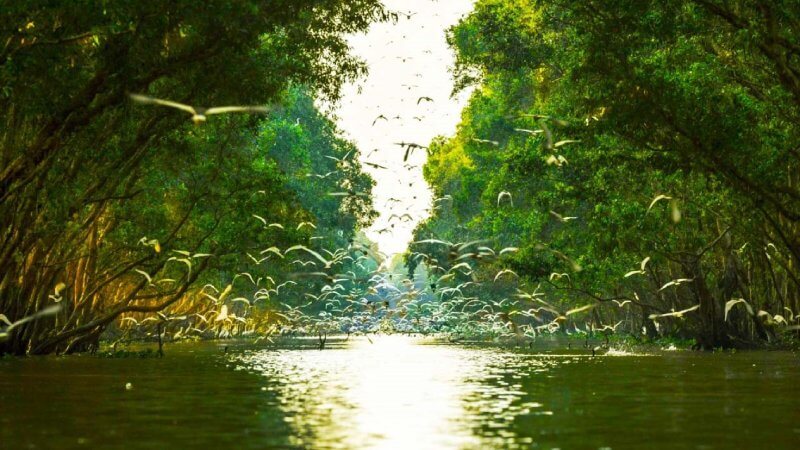
On the afternoon of June 11, a large fire broke out in Tram Chim National Park, destroying significant areas of cajeput forest and fruit trees, affecting about 100 households and the habitats of rare bird species. The fire originated from the wetland habitat reserve, where the birds reside and forage (sub-area A1), located about 300 meters from provincial road 843. Smoke plumes rose hundreds of meters, enveloping a vast area.
Tram Chim is a site for sightseeing, research, and “birdwatching.” Ngo Tran Hai An, a photographer living in Ho Chi Minh City, mentioned that he has visited Tram Chim more than ten times because he loves its diverse ecosystem. “The scenery is beautiful and peaceful, with lush cajeput forests and overflowing water,” An said of his visit in January.
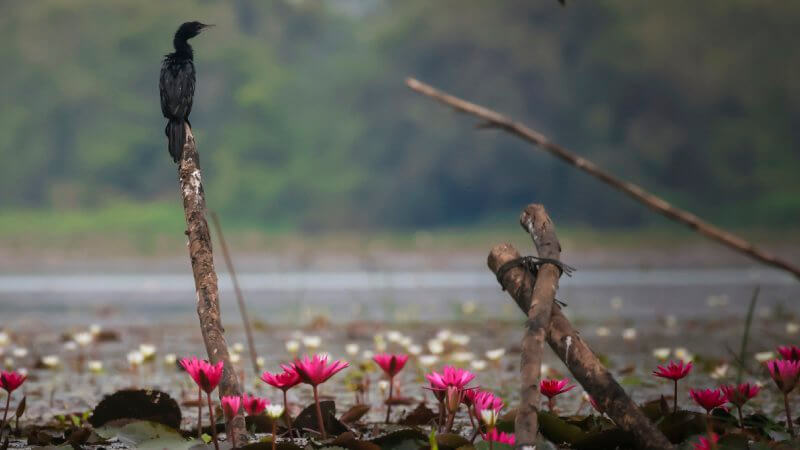
The image shows a cormorant at the lotus pond in Tram Chim in January. The Great Cormorant has a long tail and a yellow patch on its throat. This aquatic bird lives near rivers, canals, ponds, and wetlands, primarily feeding on fish.
To enter Tram Chim National Park, visitors must purchase tickets and hire a motorboat or paddleboat for travel inside the park, with a maximum of 20 people per vehicle. Visitors are requested not to litter throughout their journey.
During the flooding season from August to November, Tram Chim opens tour routes that combine experiences such as fishing, net setting, and rat catching. This is also considered the breeding season for birds, as the arrival of water brings an abundance of fish and shrimp, serving as food for the birds.
The painted stork in Tram Chim in January belongs to the heron family and is found in southern China and Southeast Asian countries. Photographer Hai An shares that to “capture” images of bird species in Tram Chim, he often disguises himself with foliage, spending 3-4 days or even a week in the forest to encounter rare birds or witness migratory patterns.
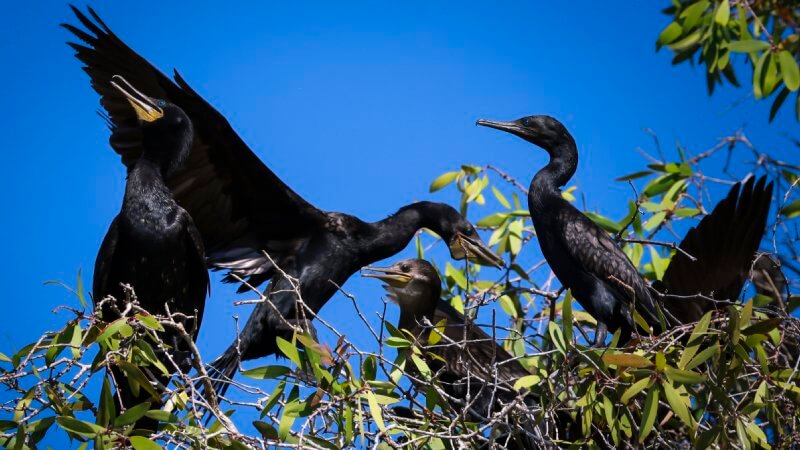
The snakebird, or anhinga, is a large bird typically found in lakes, rivers, swamps, estuaries, and mangrove forests. The male has dark black or brown plumage, a straight crest on its head, and a larger beak than the female. The female has lighter-colored feathers from the neck down.
The black bittern in the lotus pond is also known as the kịch bird, belonging to the heron family, resembling the snipe but smaller. Adult birds have red beaks and live around marshes, ponds, canals, and densely vegetated wetlands.
The Indian pond heron, with the Latin name Metopdius indicus, has distinctive feathers over its eyes and a broad white eyebrow stripe extending to the back of its neck. Its neck feathers exhibit green, red, and purple hues. These herons inhabit wetlands, marshes, wild grasslands, and lotus ponds, feeding on young duckweed and larvae.
Visiting Tram Chim feels like stepping back into the old Mekong Delta with flocks of storks soaring overhead. The most commonly seen are the snail-eating storks, which are strictly protected residents. These birds help farmers control pests by gathering snail shells in one place.
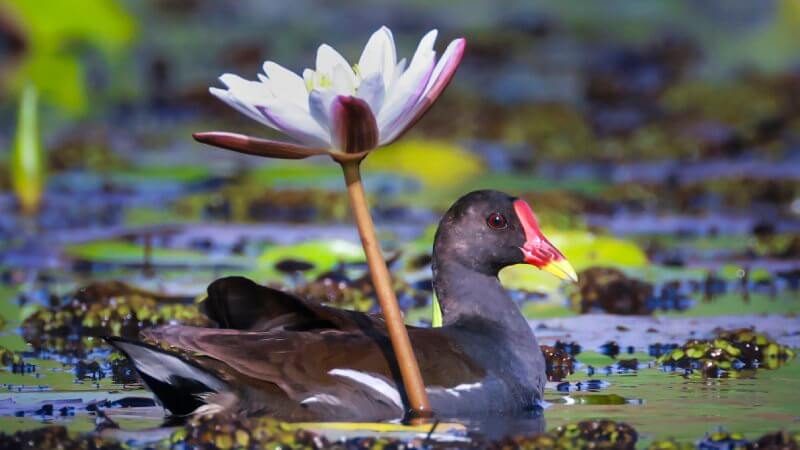
Not only is Tram Chim home to rare bird species, but it is also a kingdom of aquatic flowers. February is the best time to visit Tram Chim to observe migrating birds and witness the blooming of lotus flowers.
The image shows the yellow-billed stork in the lotus pond. This bird, also known as the ghost heron, has an average length of nearly 50 cm, typically features white plumage, brown back, yellow beak with a black tip, and yellow legs and eyes. Its feathers change to red, green, and white during the breeding season.
Visitors can see fields of white and red lotuses stretching over hundreds of hectares. When harvesting lotus flowers in Tram Chim (as seen in a 2021 photo), locals collect the long stems from deep water, often bundling them for easier transportation. Fresh lotus flowers can be used to make delicious dishes such as salads, pickles, stir-fries, and soups.

The yellow-flag iris is a type of aquatic plant that thrives in acidic waters and is a native species of Tram Chim National Park, being well-preserved and developed within the park. The fields of yellow-flag iris extend over 3 km in area A1, blooming gradually from October to the end of March the following year.
An shared that the natural scenery in Tram Chim remains almost unchanged each year, with different flowers blooming each season. The blooming season of the purple flag iris typically begins in late January and lasts about two months, followed by the flowering of the yellow marsh marigold from March to May, which fills the fields with brilliant yellow hues.
By the way, a new beautiful place called Ha Giang loop which is very interesting, check this out: https://www.getyourguide.com/hanoi-l205/from-hanoi-3-day-ha-giang-loop-small-group-t739208
For Lan Ha Bay & Halong Bay trip, check this out: https://www.getyourguide.com/ha-long-l119790/from-ha-noi-2-day-lan-ha-ha-long-bay-5star-with-balcony-t739040/
Or https://www.tripadvisor.com/AttractionProductReview-g3737857-d28097153-Lan_Ha_Bay_Ha_Long_Bay_5_Stars_Private_balcony_2_days_trip-Tuan_Chau_Island_Halon.html

